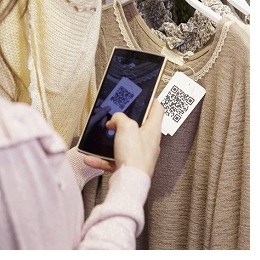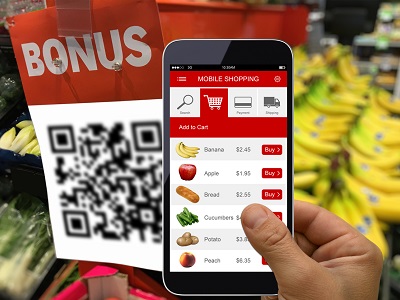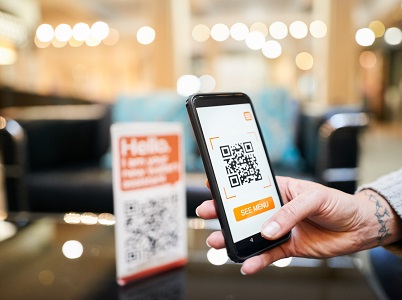
As a marketer, your number one job should always be to deliver brand trust to your consumers – matching your promises to their needs, staying relevant with the times and always acting in their interests.
A recent Deloitte survey found 66 percent of respondents “were able to recall when brands acted in self-interest – such as raising prices on essential items.” Thinking back to the start of the pandemic, it’s pretty easy to remember what brands capitalized on supply and demand, right? This obviously bruises brand loyalty and trust.
Another way you might be doing this and not even realizing it? Creating poor experiences for your consumers with QR codes that simply don’t work. With that in mind, here are three essential QR strategies for your campaigns to create mobile confidence with your consumers.

One of the biggest mistakes marketers make that leads to a loss of conversions is not deep linking. These links create a cohesive journey from the QR code to the apps already on your users’ phones – where they are already logged in.
Think about it – if you click on a link promising to take you to the product page on Amazon where you can easily click ‘buy now’ but you’re instead led to the mobile site where you have to try to remember your username and password, you’re probably not going to make a purchase. Why? Because you’ll lose interest after a few failed login attempts. You’re also probably a little perturbed at the company for wasting your precious time.
This is a major problem in the mobile customer journey and kills your marketing funnel. Deep links solve this problem, ensuring consumers are brought directly to the apps where they can engage. They’re also really easy to create with app linking tools like URLgenius that are designed specifically for marketers. There is no SDK setup technical resources required. You can compose links for social apps like Instagram and YouTube, brand apps like Amazon and UberEats, and even your own app. You just update your campaign URLs to link into apps versus websites. It really is simple and makes a world of difference for your campaign.
This might be one of the few times where the phrase ‘set it and forget it’ is actually a bad thing, because a common break point for QR codes is when your content changes but your code doesn’t. You’re left with lost visitors on 404 pages.
So, if you’ve printed your code on thousands of direct mailers or swag directing people to a site you’re no longer using or asset that is outdated, that doesn’t mean you have to throw everything in the trash. Simply re-direct those codes. Dynamic QR platforms let you generate codes programmatically on an enterprise level and update the QR destinations anytime. This allows you to scale your QR codes towards your marketing objectives, making a much larger impact with your campaign.

Your consumers want a strong brand experience with every click, but if your QR code link behind your beautiful ad, direct mail, etc. takes your user to an unknown domain, what are the chances they will engage? It’s unclear where you are taking them, it could be an unsecure site, and they won’t trust it – and now they don’t trust you either. How you communicate brand trust with those scans is critical.
Insist that when someone scans your QR code and their browser asks them to confirm if they want to open that code that the domain inspires click confidence. Use your own domain – your company’s URL that people see when they scan the code (qr.domain.com). Third party platforms like URLgenius can route those codes and scans to the brand’s domain and look just like the main brand’s website.
That’s how you maximize clicks and engagement and inspire brand confidence. Learn more in the QR Strategy Guide. It covers everything you need to know about creating a world-class scanning experience.
Categories
Submit a Comment